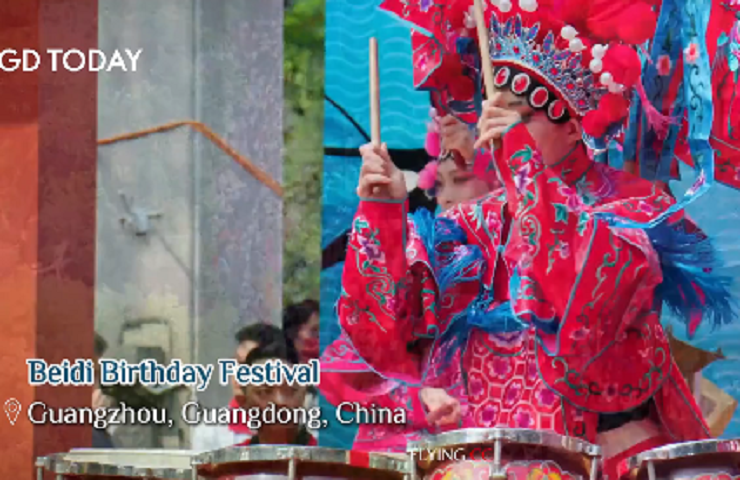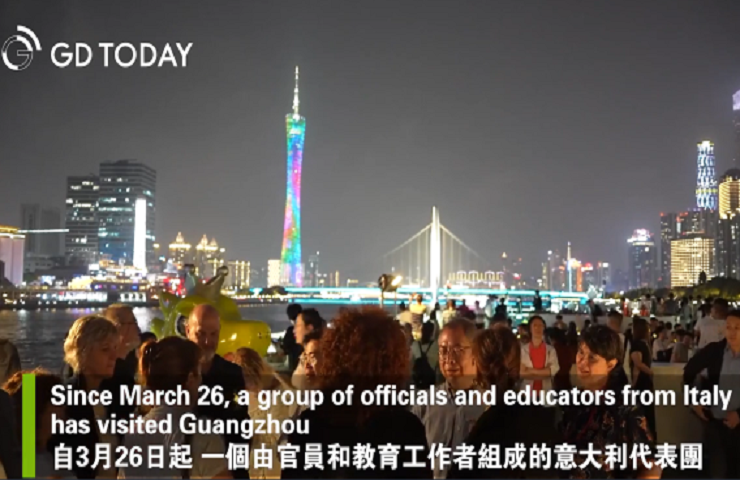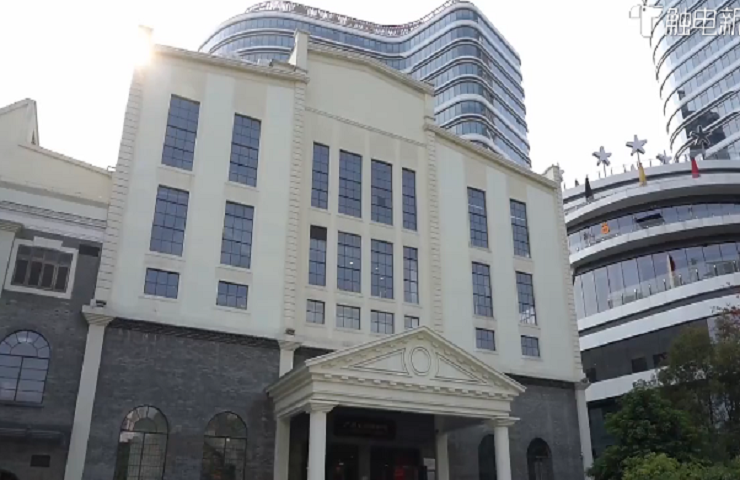Lotus Mountain
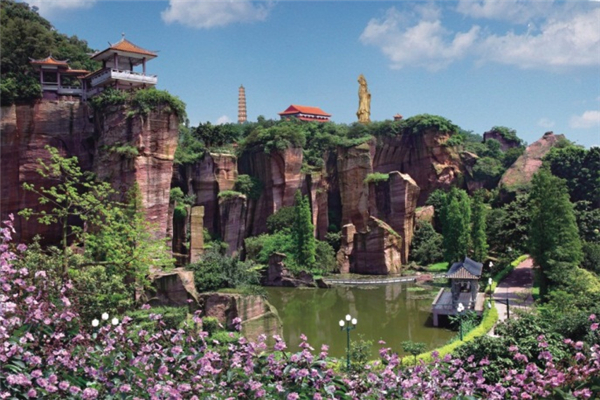
Lotus Mountain is known for its "natural landscapes which exceed man-made scenery" in Guangzhou, Guangdong province. [Photo/ lhs123.com]
The breathtaking Lotus Mountain is located beside the Shiziyang Sea at the mouth of the Pearl River.
The ancient quarry of Lotus Mountain witnessed 2,200 years of old Panyu history. The mountain was called the "source for materials to build the city", and is known for its "natural landscapes which exceed man-made scenery". The Lotus Mountain, a National Key Cultural Relic Protection Unit, is especially known for the Swallow Crag, Lotus Stone, Lion Stone, White Elephant Crag, Hundred Blessings Stone, Eight Immortals Crag and Flying Eagle Crag.
The Lotus Pagoda, built during the Wanli Reign (1573-1620) of the Ming Dynasty (1368-1644), was also called the "Hua Biao (Chinese Totem Column) of Guangzhou". Along with the Lotus City, built early in the Qing Dynasty (1644-1911), the pagoda is a Guangdong Provincial Cultural Relic Protection Unit. The 40.88-meter high Statue of Guanyin (the Chinese Bodhisattva of Mercy) stands under the rosy clouds of the famous Shiziyang Sea and blesses the whole of South China. The statue has the most bronze figurines for a statue in the world, attracting numerous Buddhism followers to the site.
Address: Lotus Mountain Tourism Zone, No. 18 Ximen Road, Shilou town , Panyu district
Website: http://www.lhs123.com/
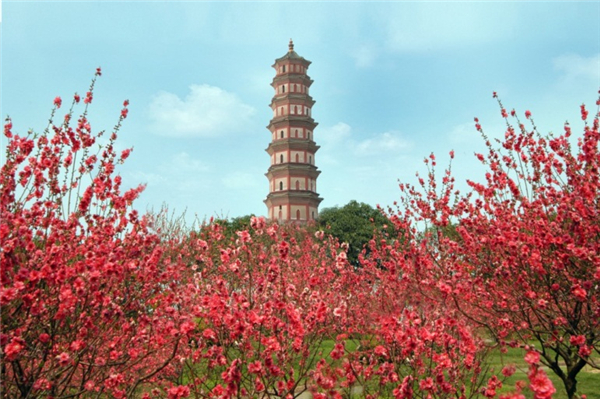
Lotus Tower, once called "Wenchang Tower", in Lotus Mountain. [Photo/ lhs123.com]
Copyright © Foreign Affairs Office of Guangzhou Municipal Government,
Hong Kong and Macao Affairs Office of Guangzhou Municipal Government All rights reserved.
Presented by China Daily.
京ICP备13028878号-28






